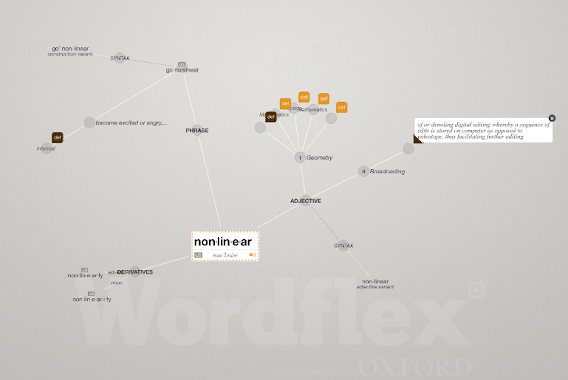Nonlinearity Today
When one talks about nonlinear narratives, what is often understood today is a plot structure applied to books and films only. Yet decentered, disordered and dispersed nature of nonlinearity manifests itself in various ways nowadays thanks to technological developments, such as the internet. The World Wide Web, for example, is an information system where documents are interlinked by hypertexts, which in turn are interconnected with hyperlinks that lead to multiple paths and endpoints. A click in a search engine can be a basic example to understanding how hyperlinks work: keywords bring many results out of order. On the other hand, interactive books may simultaneously contain multiple endings and beginnings, leading to inspiration of nonlinear ‘gameplay’, allowing users to put together different pieces of a potentially puzzling storyline. The same approach is adopted by journalists and scholars. Sharon Daniel, a digital media professor and activist, launched a series of projects called ...



